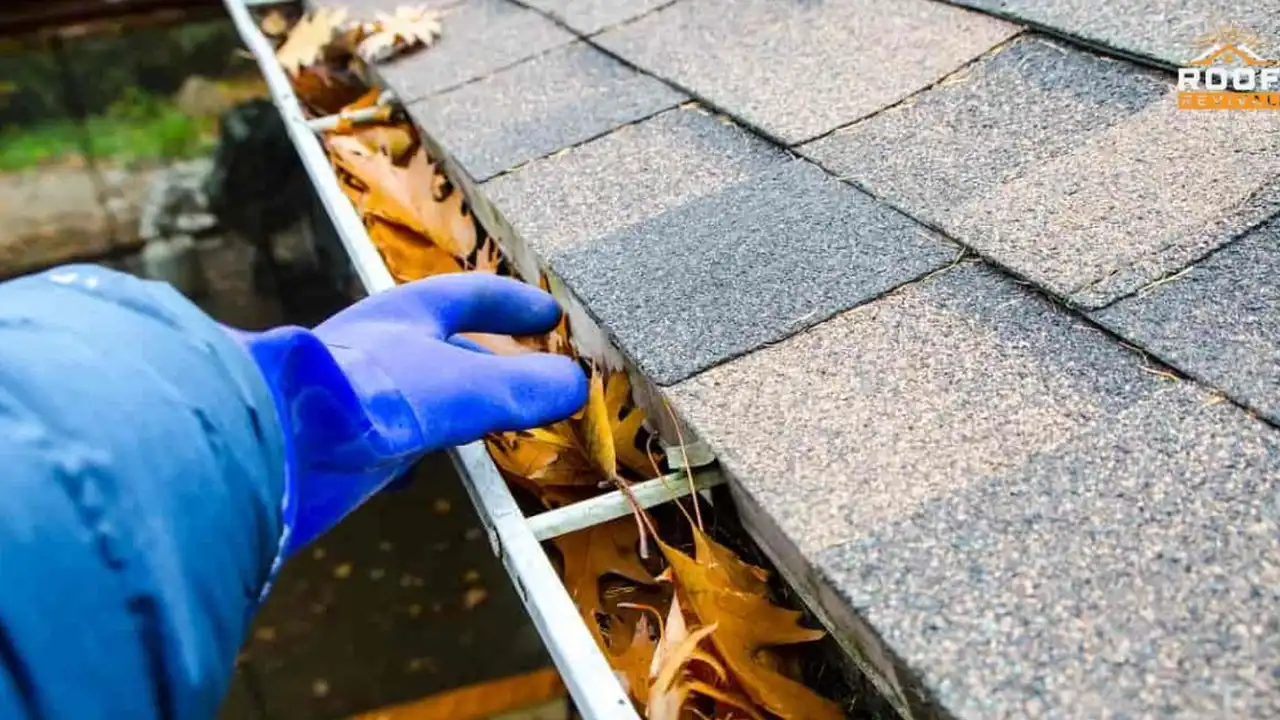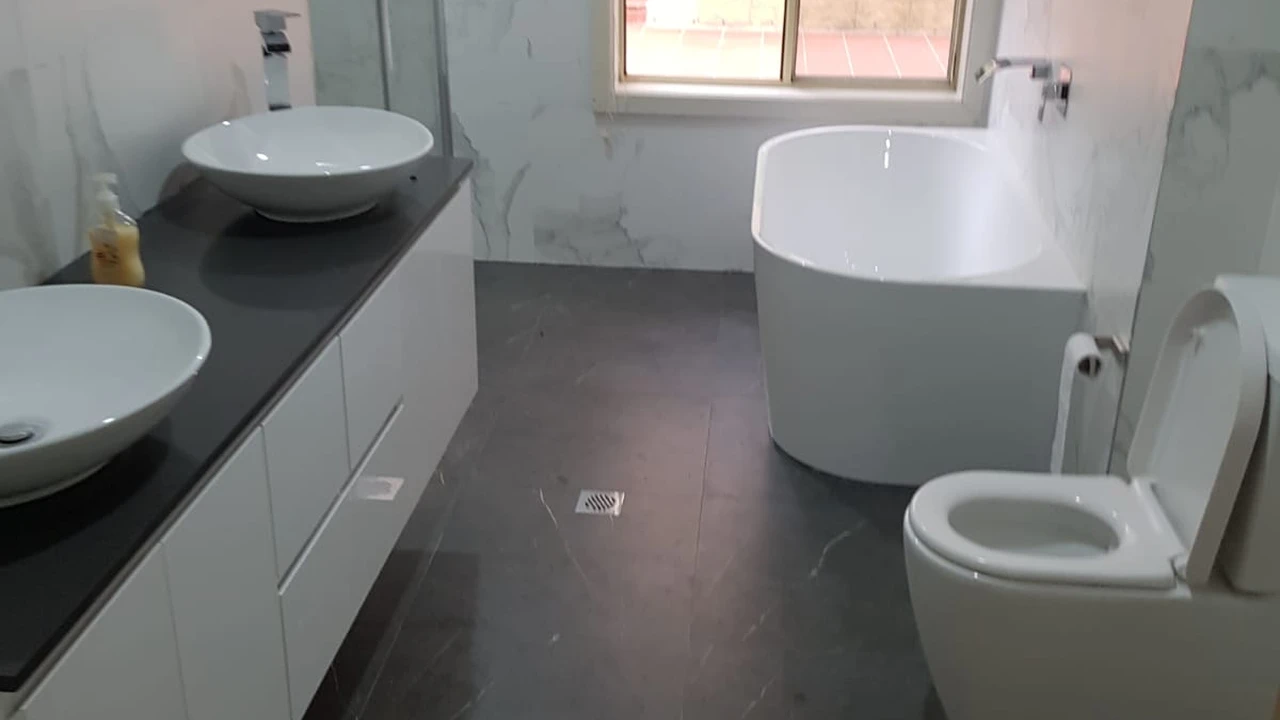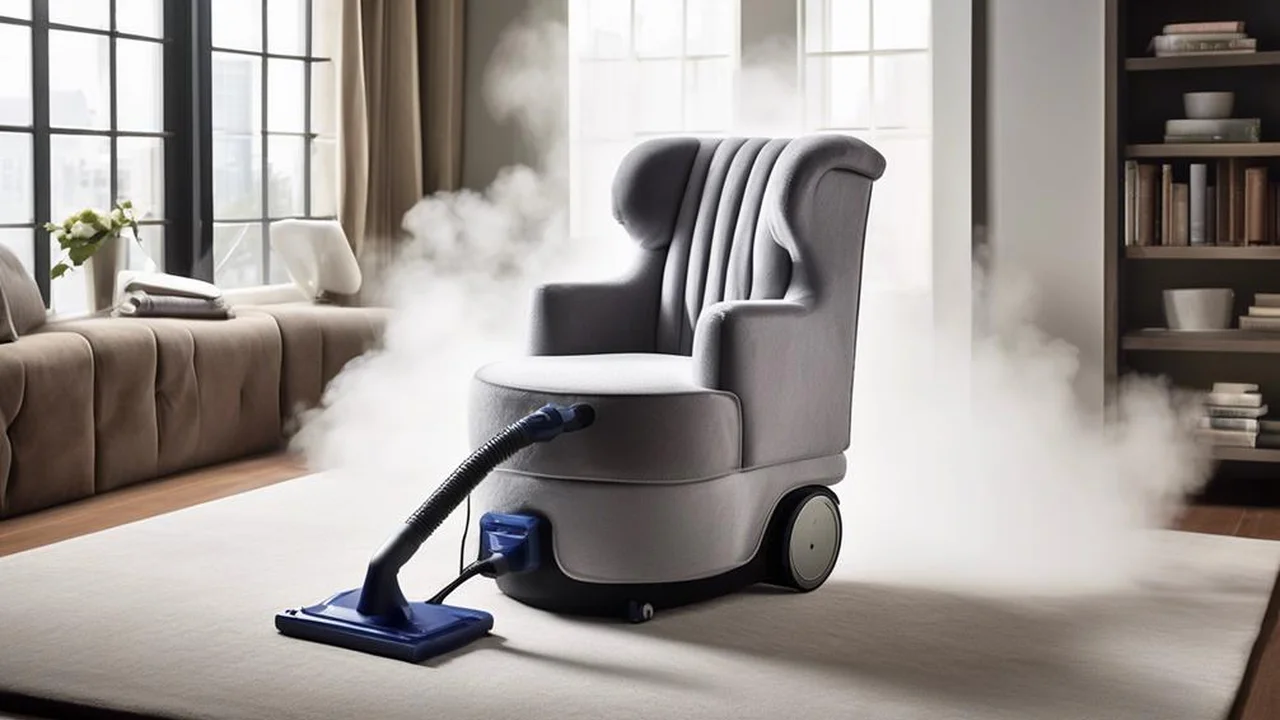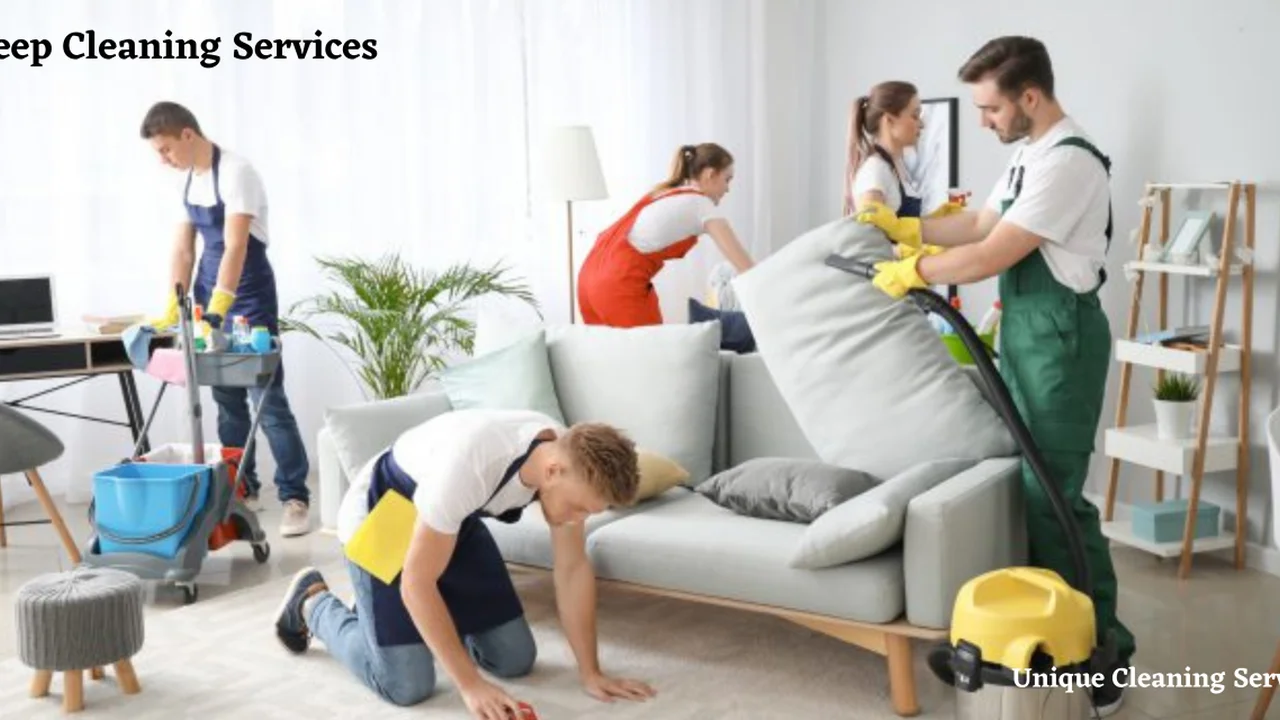The Benefits of Deep Cleaning for Allergies and Asthma
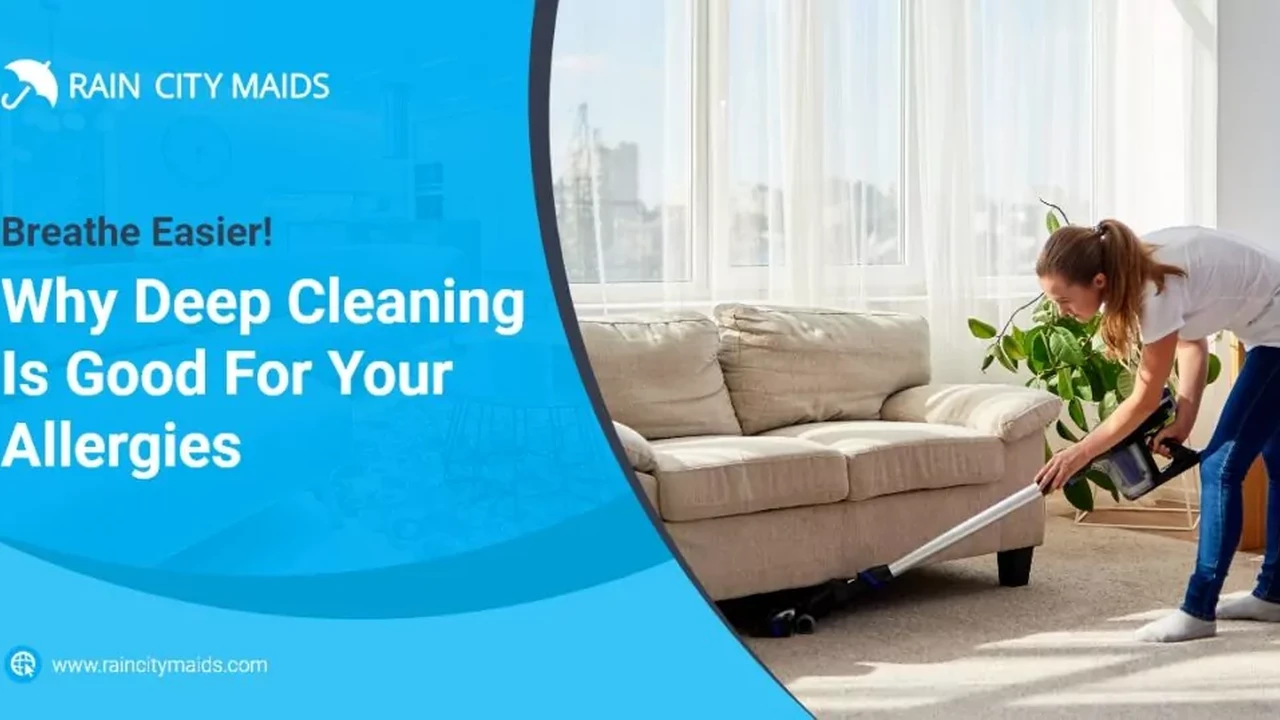
Deep Cleaning and Allergy Relief: What's the Connection?
So, you're sniffling, sneezing, and generally feeling miserable? Allergies and asthma can really put a damper on your life. But did you know that a good old deep clean could actually make a significant difference? We're not just talking about your regular dusting and vacuuming here. We're diving deep (pun intended!) into the world of deep cleaning and how it can help you breathe easier. Think of it as hitting the reset button on your indoor air quality.
Allergens like dust mites, pet dander, mold spores, and pollen love to hang out in your home. They settle into carpets, upholstery, bedding, and even those hard-to-reach corners. Regular cleaning tackles the surface, but deep cleaning goes the extra mile to eliminate these irritants at their source. It’s about creating a healthier, more comfortable environment, especially for those sensitive to allergens and prone to asthma attacks.
Targeting Common Allergens: A Deep Dive into Dust Mites
Dust mites are microscopic critters that thrive in warm, humid environments, feeding on dead skin cells. Sounds charming, right? They're a major trigger for allergies and asthma. Deep cleaning specifically targets these little guys by:
- Vacuuming thoroughly: Using a HEPA-filtered vacuum cleaner is crucial. These filters trap even the tiniest particles, preventing them from being recirculated back into the air. Pay special attention to carpets, rugs, and upholstered furniture.
- Steam cleaning: High-temperature steam effectively kills dust mites and removes allergens embedded in fabrics. It's a great option for carpets, curtains, and mattresses.
- Washing bedding frequently: Wash your bedding in hot water (at least 130°F or 54°C) to kill dust mites. Consider using allergen-proof mattress and pillow covers.
Pet Dander Elimination: Strategies for Allergy Sufferers
Love your furry friends, but hate the allergies? Pet dander, those tiny flakes of skin shed by animals, can linger in the air and on surfaces for months. Deep cleaning can help manage pet dander by:
- Regular bathing and grooming: Bathe and groom your pets regularly to reduce shedding.
- Vacuuming frequently: Again, a HEPA-filtered vacuum is your best friend. Focus on areas where your pets spend the most time.
- Air purifiers: Consider using an air purifier with a HEPA filter to remove airborne pet dander.
- Upholstery cleaning: Deep clean upholstered furniture regularly to remove embedded pet dander.
Mold Removal and Prevention: Deep Cleaning Techniques
Mold thrives in damp environments, like bathrooms, kitchens, and basements. Mold spores can trigger allergic reactions and asthma symptoms. Deep cleaning can help prevent and remove mold by:
- Identifying and eliminating sources of moisture: Fix leaky pipes, repair roof damage, and improve ventilation to prevent mold growth.
- Cleaning moldy surfaces: Use a mold-killing cleaner or a solution of bleach and water (always follow safety precautions when using bleach).
- Deep cleaning bathrooms and kitchens: Pay special attention to grout, tile, and other areas prone to mold growth.
- Using a dehumidifier: A dehumidifier can help reduce moisture levels in your home, preventing mold growth.
Pollen Control Indoors: Deep Cleaning for Seasonal Allergies
Pollen season got you down? Pollen can easily enter your home through open windows and doors, clinging to clothing and shoes. Deep cleaning can help minimize pollen exposure by:
- Keeping windows and doors closed: Especially during peak pollen season.
- Using air conditioning: Air conditioning can filter out pollen from the air.
- Vacuuming frequently: Vacuum carpets, rugs, and upholstered furniture to remove pollen.
- Washing clothing and bedding: Wash clothing and bedding frequently to remove pollen.
The Right Tools for the Job: Recommended Deep Cleaning Products
Okay, so you're ready to tackle that deep clean. But what products should you use? Here are a few recommendations, along with their pros, cons, and price points:
HEPA-Filtered Vacuum Cleaners: Dyson vs. Shark
Dyson Ball Animal 3 Extra: This bad boy is known for its powerful suction and ability to remove pet hair and allergens from carpets and hard floors. Pros: Excellent suction, HEPA filtration, specialized pet hair tools. Cons: Expensive, can be heavy to maneuver. Price: Around $500 - $600.
Shark Navigator Lift-Away NV356E: A more budget-friendly option that still offers HEPA filtration and good suction. Pros: Affordable, lightweight, versatile. Cons: Not as powerful as Dyson, may not be as durable. Price: Around $150 - $200.
Usage Scenario: Use the Dyson for homes with pets and heavy carpet. The Shark is great for smaller homes or apartments with a mix of hard floors and rugs.
Steam Cleaners: Bissell vs. McCulloch
Bissell PowerFresh Steam Mop: A lightweight and easy-to-use steam mop for cleaning hard floors. Pros: Affordable, heats up quickly, easy to store. Cons: Only suitable for hard floors, may not be powerful enough for heavily soiled areas. Price: Around $100.
McCulloch MC1275 Heavy-Duty Steam Cleaner: A versatile steam cleaner with multiple attachments for cleaning various surfaces, including carpets, upholstery, and grout. Pros: Powerful, versatile, can be used on a variety of surfaces. Cons: More expensive than a steam mop, requires more storage space. Price: Around $200.
Usage Scenario: The Bissell is perfect for quick and easy cleaning of hard floors. The McCulloch is ideal for deep cleaning multiple surfaces throughout your home.
Air Purifiers: Blueair vs. Levoit
Blueair Blue Pure 211+: A powerful air purifier with a large coverage area and excellent filtration. Pros: Effective at removing allergens, quiet operation, stylish design. Cons: Expensive, replacement filters can be costly. Price: Around $300.
Levoit Core 300S: A smaller and more affordable air purifier that's still effective at removing allergens. Pros: Affordable, compact, quiet operation. Cons: Smaller coverage area, may not be as effective as larger models. Price: Around $100.
Usage Scenario: The Blueair is great for large rooms or homes with severe allergies. The Levoit is a good option for smaller rooms or bedrooms.
DIY Deep Cleaning Solutions: Natural Alternatives for Allergy Sufferers
Want to avoid harsh chemicals? There are plenty of natural deep cleaning solutions you can make at home:
- Vinegar and water: A simple and effective all-purpose cleaner.
- Baking soda: A natural deodorizer and abrasive cleaner.
- Lemon juice: A natural disinfectant and degreaser.
- Essential oils: Add a few drops of essential oils like tea tree or eucalyptus for their antibacterial and antifungal properties.
Important Note: Always test any cleaning solution in an inconspicuous area before applying it to a larger surface.
Scheduling Your Deep Clean: How Often Should You Deep Clean?
So, how often should you actually roll up your sleeves and get down to deep cleaning? It really depends on your individual needs and circumstances. If you have severe allergies or asthma, you might want to deep clean more frequently, perhaps every month or two. If you have pets or live in a dusty environment, you'll also want to increase the frequency. For most people, a deep clean every three to six months is a good starting point.
Think about breaking it down into smaller tasks. One weekend, focus on the bathrooms. The next, tackle the kitchen. Breaking it up makes it less daunting and more manageable. And remember, even a little bit of deep cleaning can make a big difference in your air quality and overall well-being.
:max_bytes(150000):strip_icc()/277019-baked-pork-chops-with-cream-of-mushroom-soup-DDMFS-beauty-4x3-BG-7505-5762b731cf30447d9cbbbbbf387beafa.jpg)



